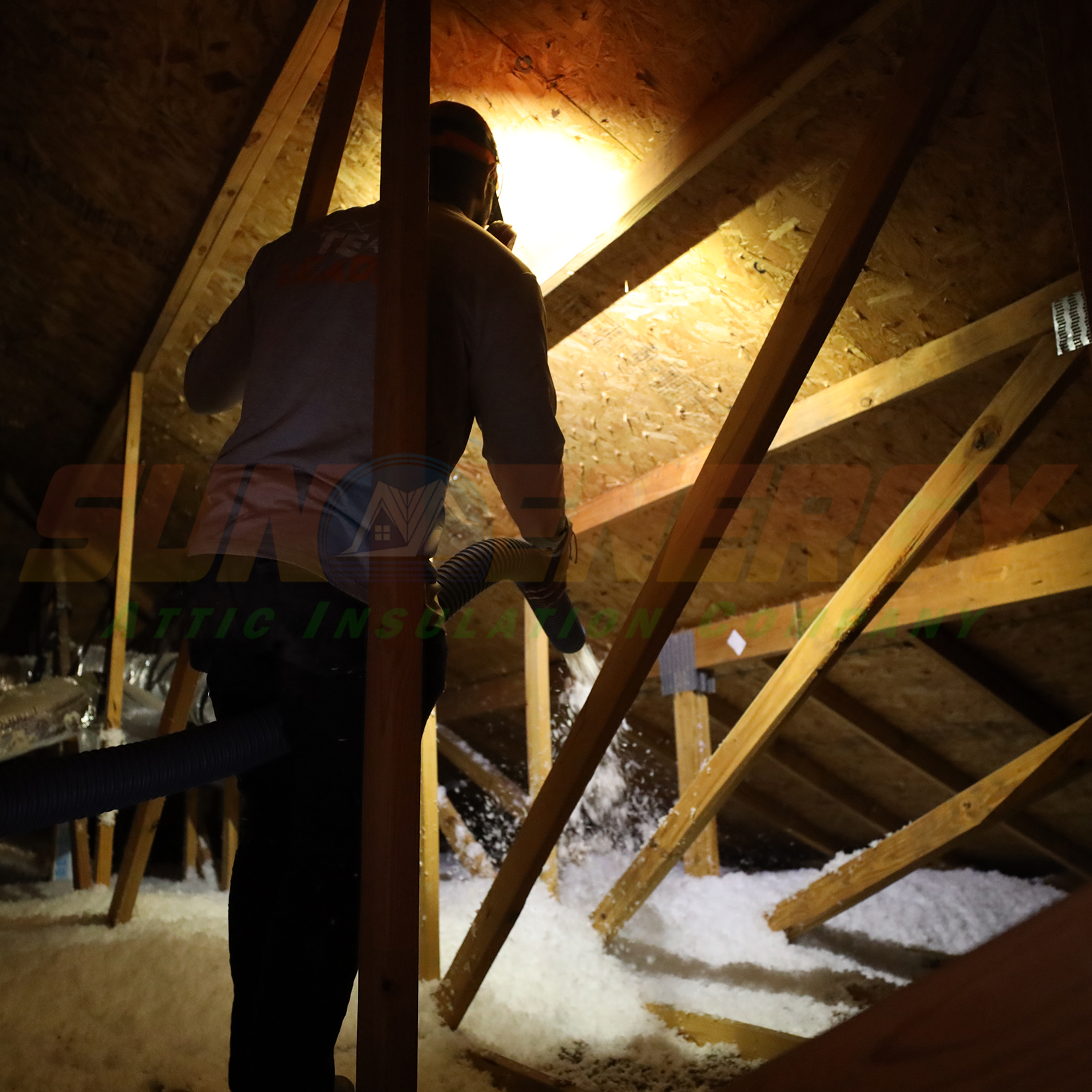Both cellulose insulation and fiberglass insulation provide excellent thermal insulating power. Solely based on R-value, or resistance value, they can both be installed to resist the flow of heat at relatively the same level. This is commonly expressed as R-13 for walls and R-38 for attics. Fiberglass is naturally resistant to fire, whereas cellulose is treated with a fire retardant.
During the installation, cellulose is dustier than fiberglass, and fiberglass is itchier than cellulose. R-38 cellulose is 10.77 inches thick; R-38 fiberglass is 12 inches thick. Fiberglass weighs less than cellulose, which is not a factor in an attic but may be a factor in a garage, for example.

Cellulose and fiberglass both offer great insulation, each with its own advantages. Cellulose is fire-retardant and effective, while fiberglass is naturally fire-resistant and less dusty. Choose the right option for your needs—contact us today for expert advice and a free quote!
Cellulose and fiberglass have many similar characteristics, but at the end of the day, it comes down to a homeowner’s preference. If you’re not sure which type to install, insulation experts at Sun Energy Insulation may discuss with you which option would best fit your home or other building during your free estimate.